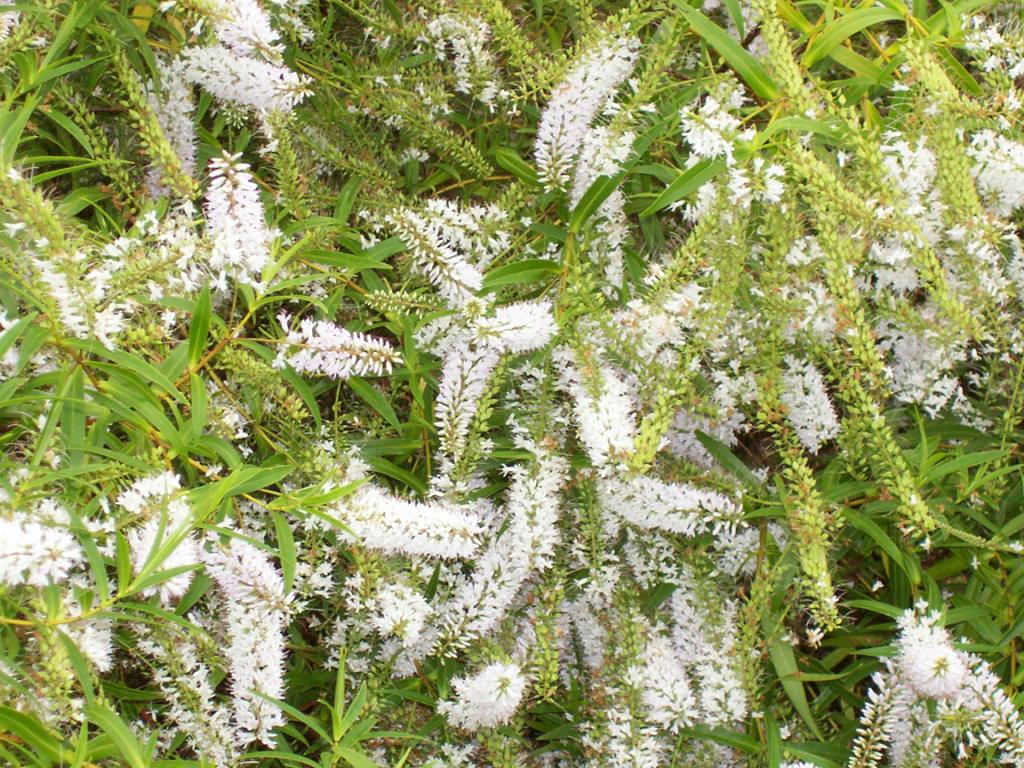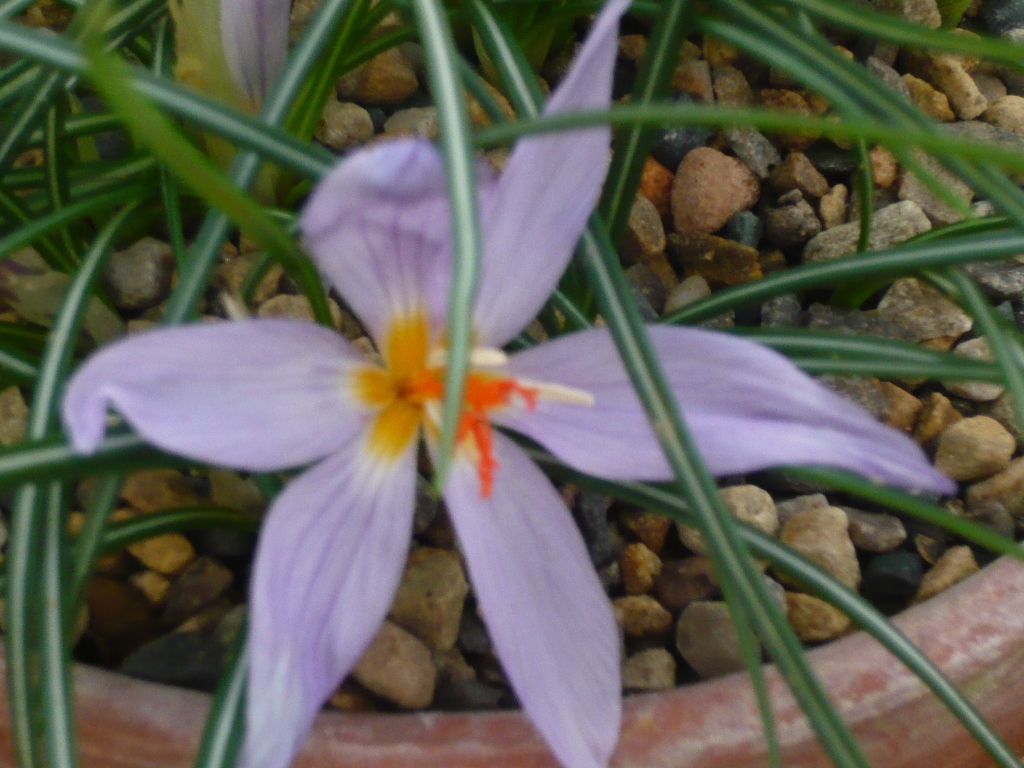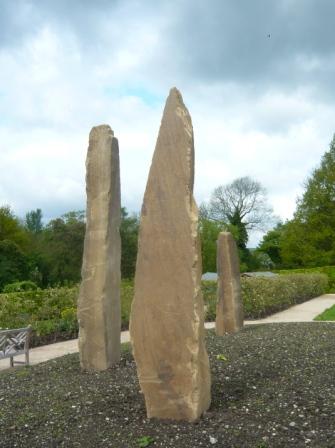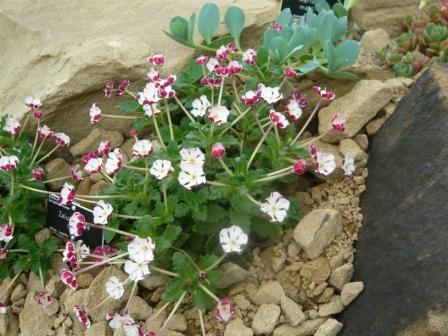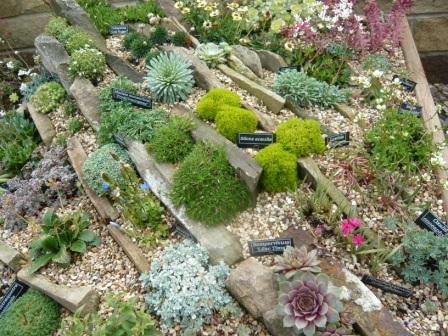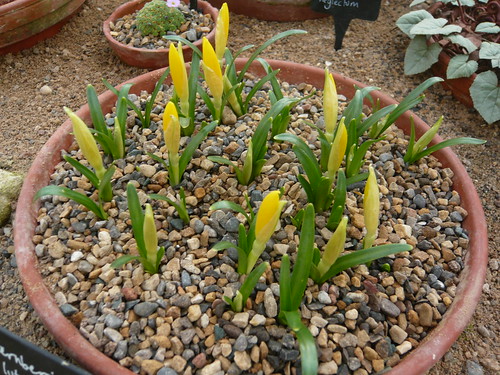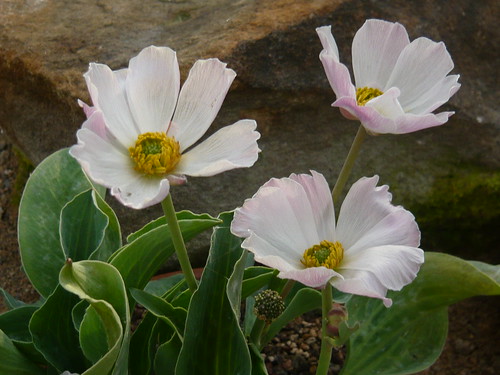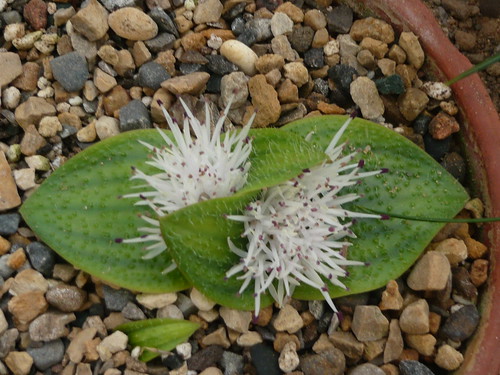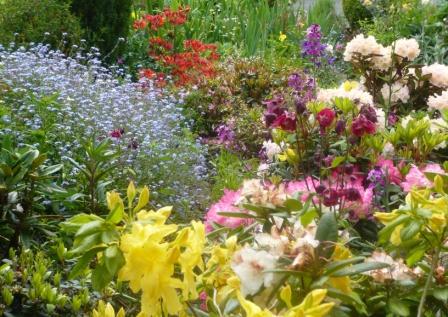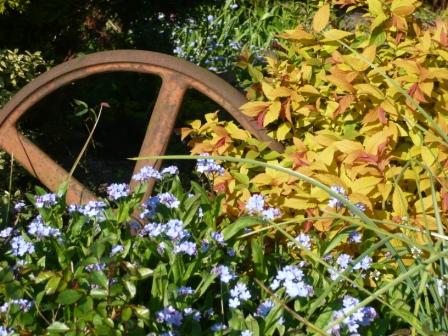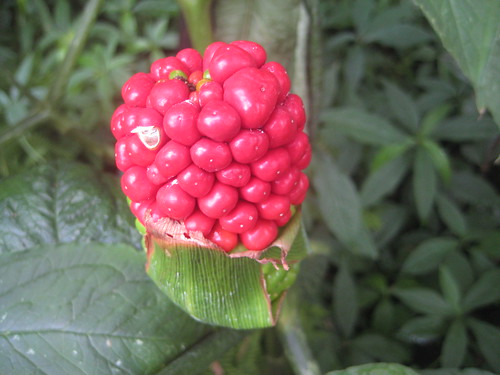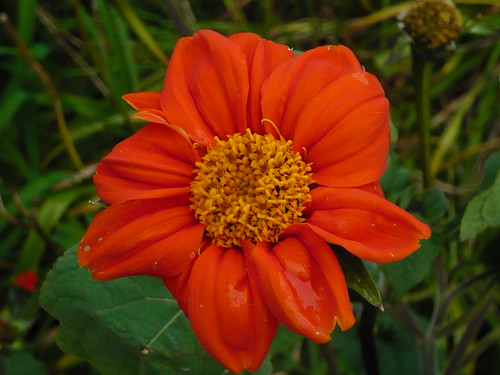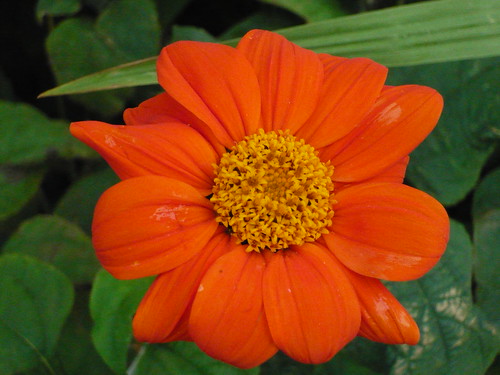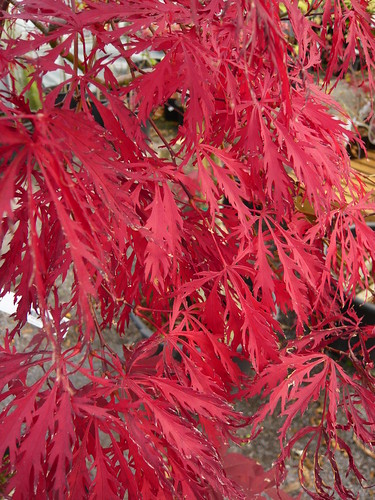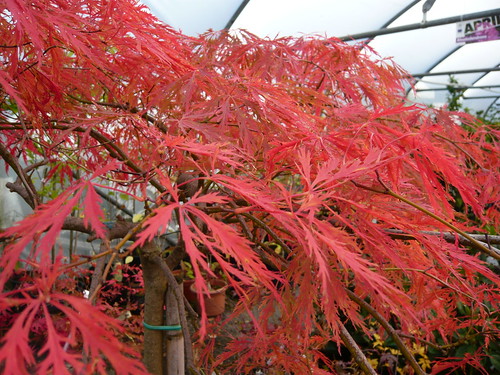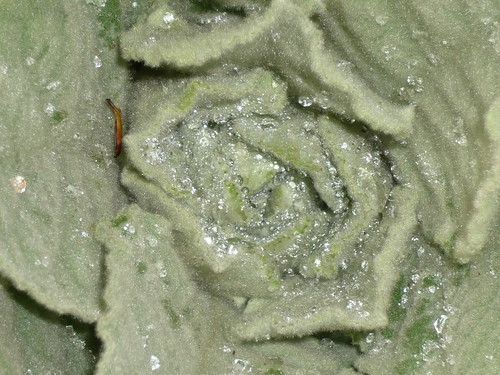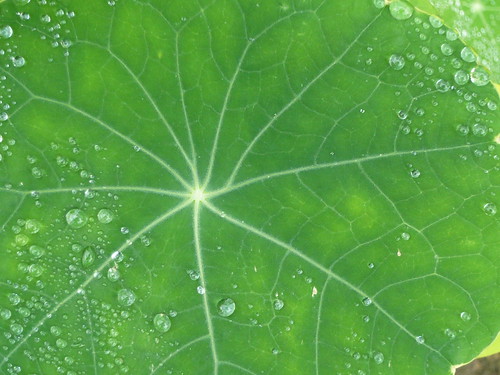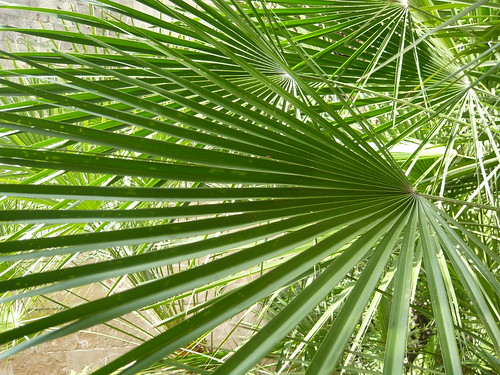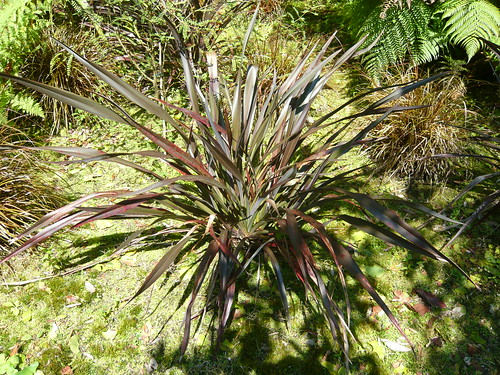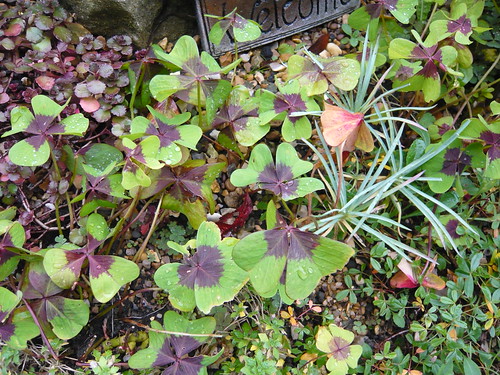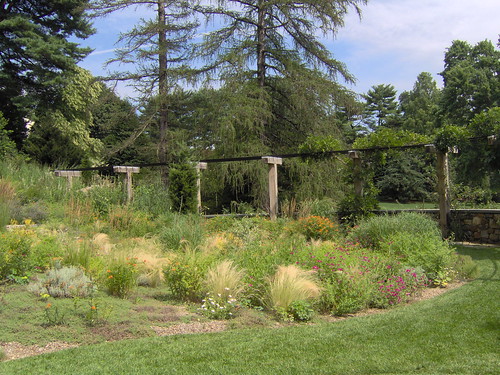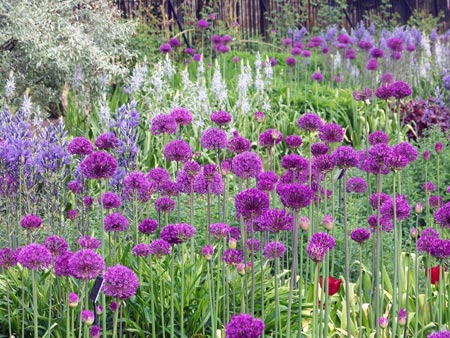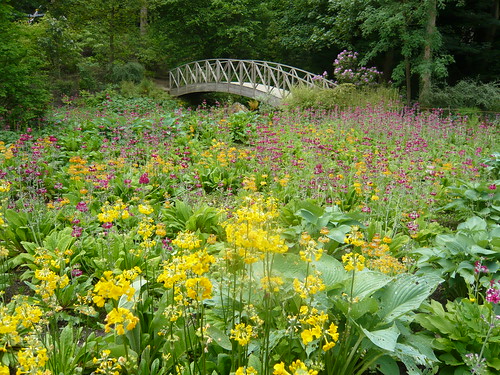There is always something new to learn from observing others garden and it is mental work not physical labour.
Some of my favourite Japanese gardens are featured below or on other pages.
An alternative or added opportunity to learn can come from one of any number of Amazons specialist books.
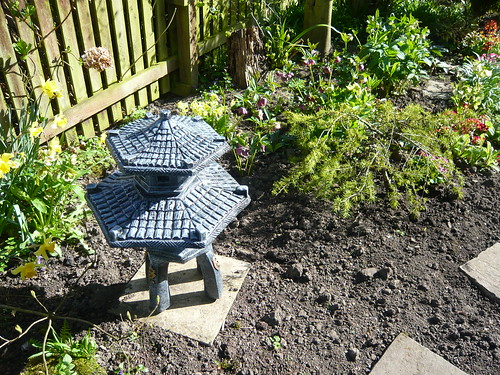
Learn From Visiting These Top Japanese Gardens
Compton Acres The Japanese Garden at Compton Acres Dorset is one of a collection of “gardens of the world”. It was originally designed and built in 1920 by Japanese architects and workmen. Such was the original owner’s passion for authenticity, every last stone and ornament was brought from Japan. They include stone lanterns, a pagoda, and various carvings.
There are four Japanese-style buildings within the garden – a thatched temple, summer house, sewing bower and imperial tea house. Visitors can follow either of two routes – stepping stones across the water features, or the normal path. The stepping stones lead through a red Torii (shrine gate) with a giant serpent coiled around one of its columns.
The Japanese Garden at Giggle Alley Eskdale looks tremendoud in the sunshine, a rare event in the Lake district.
Newstead Abbey is best known as Lord Byron’s ancestral home. The Japanese garden was laid out in 1907 with many of the original plants, trees and ornamental stonework imported from Japan. It is one of many themed gardens in the grounds of the Abbey, which are Grade 1 Listed in the English Heritage Register of Historical Parks and Gardens.
Rivington Country Park Bolton, Lancashire
Japanese water gardens were laid out by the industrialist Lord Leverhulme at the beginning of the 20th century.
Holland Park London has some interesting features and tips on Japanese gardens
Tatton Park, Cheshire The Japanese garden at Tatton Park is said to be one of the finest examples in Europe. Originally laid out in 1910-13, it was fully restored for Japan 2001, the year-long celebration of Japan-UK relations. It is in the style of a tea garden connected to an island upon which rests a shinto shrine. Every season brings it own beauty, although the spring and autumn are renowned for their colour.
The London School of Oriental and African Studies has an award winning Japanese-style roof garden and a bookshop specialising in Africa, Asia and the Middle East. The garden is dedicated to Forgiveness, which is the meaning of the Kanji character engraved on the garden’s granite water basin. The garden can be accessed from the first floor of the Gallery.
Scarborough in Peasholm Park on the North Bay has a lake and an ornamental Japanese garden.
Heale Garden Wiltshire has eight acres of gardens, including a water garden planted with magnolias and maples surrounding a Japanese tea house. This straddles a fast flowing stream and also includes the terraces and stone lily ponds.
Japanese Garden Elements
1 Water
2 Rocks and sand
3 Garden architecture
4 Garden bridges
5 Stone lanterns and water basins
6 Garden fences, gates, and devices
7 Trees and flowers
8 Fish
Other Things I Have Lernt About Japanese Gardens
Shakkei or borrowed views takes its name from using nature as a natural backdrop.
A tea garden is called a roji niwa.
Izumi ishi-gumi is a stone arrangement to represent a mountain spring.
A Kaiyushiki teien is a garden designed to walk around as opposed to a Kanshoniwa garden which is intended only for contemplation.
Ikebana is a form of Japanese flower arranging

